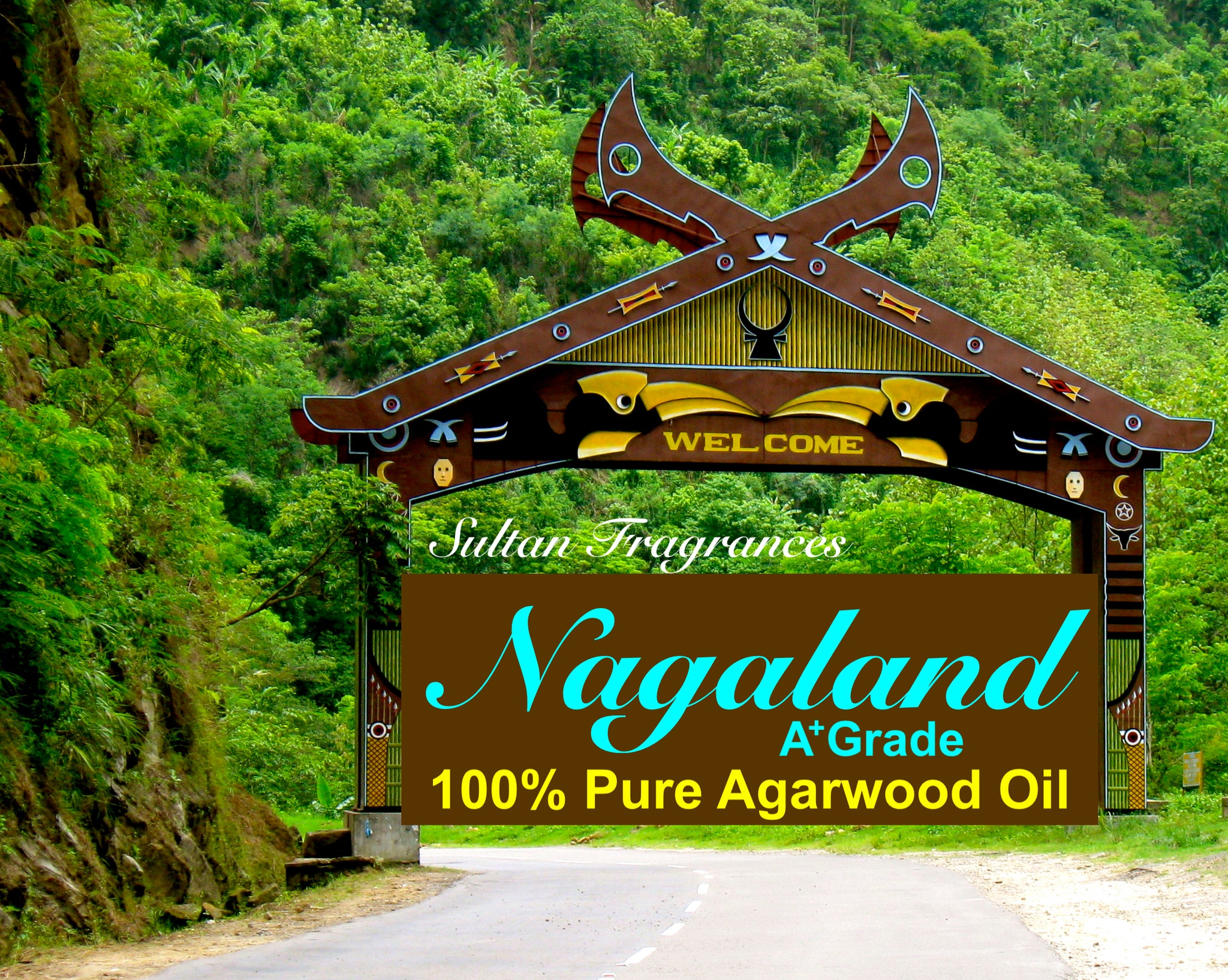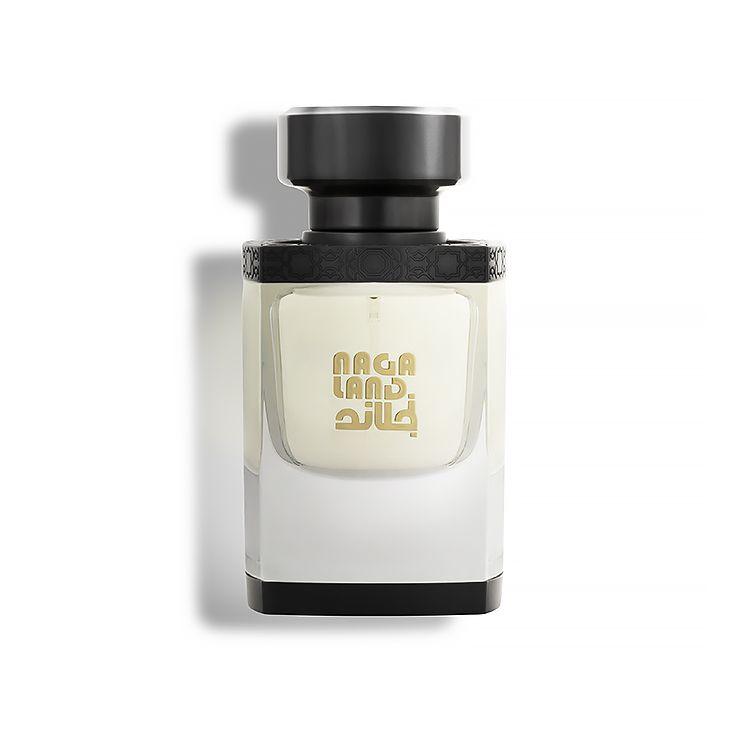Naganchi 2019 - Pure Oud Oil
Jungle : Nagaland
Class : Wild Agallocha, 100% Black Incense Shavings
Distillation : 2019, Stainless, Clean 15-day Soak (Zero Barnyard Hindi)
Nagaland, sandwiched up in in North Eastern India between Assam and Burma / Myanmar is a land of mountains. All but 9% of the region is mountainous, and is home to 16 different distinct tribes.
The ancient history of the Nagas is unclear. Tribes migrated at different times, each settling in the northeastern part of present India and establishing their respective sovereign mountain terrains and village-states. There are no records of whether they came from the northern Mongolian region, southeast Asia or southwest China, except that their origins are from the east of India and that historical records show the present-day Naga people settled before the arrival of the Ahoms in 1228 AD.
The origin of the word 'Naga' is also unclear. A popularly accepted, but controversial, view is that it originated from the Burmese word 'naka' or 'naga', meaning people with earrings. Others suggest it means pierced noses. Both naka and naga are pronounced the same way in Burmese. The ancient name of Nagaland is 'Naganchi', derived from the Naga language. There have been demands by political groups in Nagaland to rename the state to Naganchi.
Before the arrival of European colonialism in South Asia, there had been many wars, persecution and raids from Burma on Naga sale tribes, Meitei people and others in India's northeast. The invaders came for "head hunting" and to seek wealth and captives from these tribes and ethnic groups. When the British inquired Burmese guides about the people living in the northern Himalayas, they were told 'Naka'. This was recorded as 'Naga' and has been in use thereafter.
SCENT
When the oil first reached me from my distiller, I was a little taken aback. It was...well, it's not what I was expecting. It reminded me more of floral garlands more than what we expect from Hindi Oud. Heaps and heaps of flowers, strung together to be hung around the neck is more like it.
Most oils distilled in India come from plantations - many of them arguably quite old. High grade chips are sold as incense, and several grades of oil are distilled from light brown or white wood. "Good" quality oils may have 5% of the shavings from the plantation incense chips added. Sometimes as high as 10% for the "premium" grade oils coming out of Assam.
As you can imagine - more of the tree is white than infected. It takes quite a sum of wood to collect enough shavings to add to a distillation, which explains why only a few % are ever added to more premium grade distillations, and at that - they soak them to high heavens to maximize the yields.
Rarely, if ever, are we smelling oils distilled from 100% shavings taken from the finishing of black, resin dense incense chips. If that isn't rare enough - we don't see yield killing zero barnyard hindi distillations made from shavings this precious. And if THAT isn't rare enough - we don't see oils distilled from 100% resin dense incense shavings, distilled from a short, clean, non-funkadelic soak - AND distilled from wild, mountainous wood.
Naganchi is your opportunity to smell the rare exception.
My description of the scent is deceptively simple and rather uncharacteristic for a Hindi Oud.
Garlands of narcotic jungle florals
Hints of toasted nuts
Sunlight flittering through a dense forest canopy
It sounds simple, buy you'll be left scratching your head trying to decipher the cacophony of florals bound tightly by Oudy goodness.
Product code: Naganchi 2019 sale - Pure Nagaland Oud Oil




